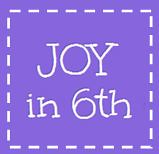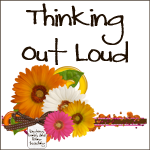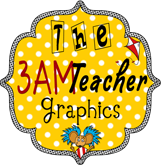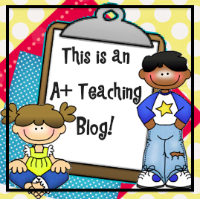Why this book? Close reading is an important strategy, but I have been having trouble with the 'prescribed steps' that you see everyone on the web: first reading you do this, second reading you do this, etc. Students are supposed to annotate the text in many of the close reading strategies. What does that mean? What are they supposed to be writing down? What are they supposed to be noticing? I knew there had to be a better way to help students through this process. Beers and Probst helped make this process more explicit for me through their signposts.
Have you missed the beginning of the study? Are you thinking: What is a signpost? Go HERE to see all the posts up to this point and then join in by commenting on this post or join the linky party with your own blog post.
I am sharing this section with the wonderful Kim from Finding JOY in 6th Grade. After you have read about "The Anchor Questions," visit Kim to learn about "The Role of Generalizable Language."
Once students begin to notice the signposts, teachers start asking questions, lots of questions, about what they noticed. However, this was making the students dependent on the teacher to develop their thinking instead of creating independent thinkers. What was the problem? TOO MANY TEACHER GENERATED QUESTIONS! I know, sounds crazy right. As an instructional coach, I am always working with my teachers on creating deeper, higher-level questions. However, the ultimate goal is for STUDENTS to create the questions and become independent readers and thinkers. If the teacher is the only one creating all the questions, then the teacher is the only one OWNING the questions.
What to do????
Students need a focus, or ANCHOR, question in "their repertoire, they need to be able to apply it appropriately, and they need to let it lead them to other questions" (page 77). Did you notice the important word "a"? Not a ton of questions for each signpost - just ONE. There is no way students would be able to internalize a laundry list of questions, but ONE questions is definitely doable. "When prompted to consider the anchor question, the student[s] began making inferences, making connections, and offering" predictions (page 78). What students learn from the question deepens their thinking. Just noticing the signpost is NOT enough!
Two of the signposts that I find the most often when I am reading fiction texts are "contrasts and contradictions" and "again and again."


































Jana, Thanks so much for your post on this section. Love your graphics!!
ReplyDelete